DNA Ligation Reactions
Panoramica
In molecular biology, ligation refers to the joining of two DNA fragments through the formation of a phosphodiester bond. An enzyme known as a ligase catalyzes the ligation reaction. In the cell, ligases repair single and double strand breaks that occur during DNA replication. In the laboratory, DNA ligase is used during molecular cloning to join DNA fragments of inserts with vectors – carrier DNA molecules that will replicate target fragments in host organisms.
This video provides an introduction to DNA ligation. The basic principle of ligation is described as well as a step-by-step procedure for setting up a generalized ligation reaction. Critical aspects of ligation reactions are discussed, such as how the length of a sticky end overhang affects the reaction temperature and how the ratio of DNA insert to vector should be tailored to prevent self-ligation. Molecular tools that assist with ligations like the Klenow Fragment and shrimp alkaline phosphatase (SAP) are mentioned, and applications , such as proximity ligations and the addition of linkers to fragments for sequencing are also presented.
Procedura
Ligation can be defined as the act of joining, and in biology the term refers to an enzymatic reaction that joins two biomolecules with a covalent bond. This video describes the application of DNA ligation in molecular biology research.
In the cell, DNA ligases are enzymes that identify and seal breaks in DNA by catalyzing the formation of phosphodiester bonds between the 3’-hydroxyl and 5’-phosphate groups of the DNA backbone. Ligation occurs as part of normal cellular pro
Vai a...
Video da questa raccolta:

Now Playing
DNA Ligation Reactions
Basic Methods in Cellular and Molecular Biology
189.3K Visualizzazioni
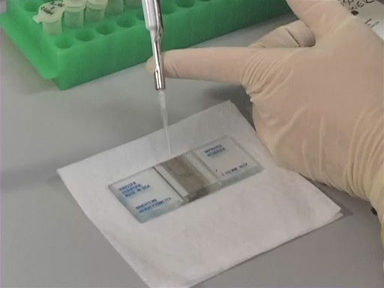
Utilizzo di un emacitometro per contare le cellule
Basic Methods in Cellular and Molecular Biology
223.7K Visualizzazioni
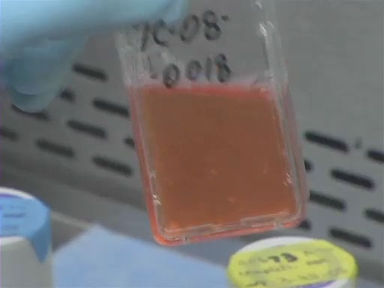
Passaggio delle cellule
Basic Methods in Cellular and Molecular Biology
192.1K Visualizzazioni

PCR: La reazione a catena della polimerasi
Basic Methods in Cellular and Molecular Biology
724.6K Visualizzazioni
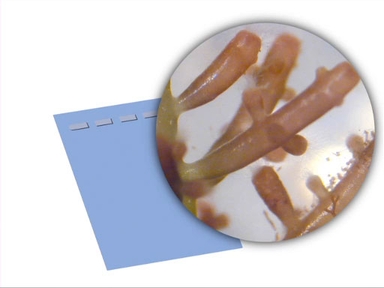
Elettroforesi su gel di DNA
Basic Methods in Cellular and Molecular Biology
607.4K Visualizzazioni

Separazione delle proteine con SDS-PAGE
Basic Methods in Cellular and Molecular Biology
479.8K Visualizzazioni
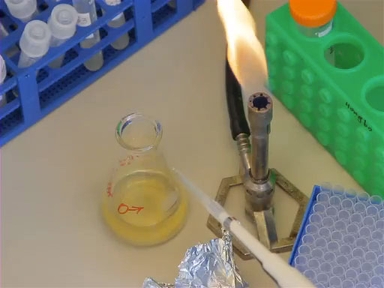
Trasformazione batterica: il metodo dello shock termico
Basic Methods in Cellular and Molecular Biology
737.8K Visualizzazioni
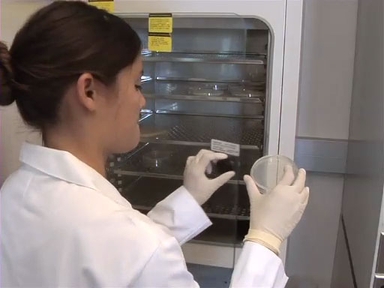
Trasformazione batterica: elettroporazione
Basic Methods in Cellular and Molecular Biology
115.4K Visualizzazioni
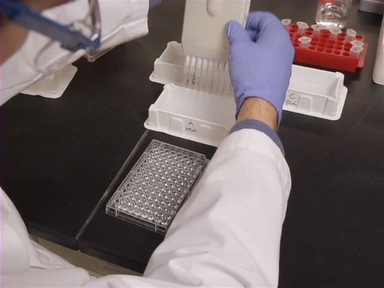
Il Metodo ELISA
Basic Methods in Cellular and Molecular Biology
252.9K Visualizzazioni
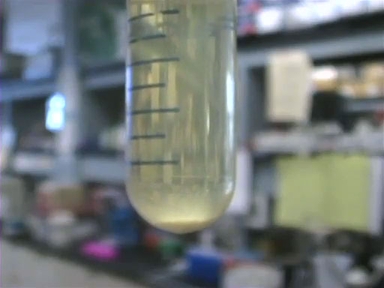
Purificazione del plasmide
Basic Methods in Cellular and Molecular Biology
307.9K Visualizzazioni
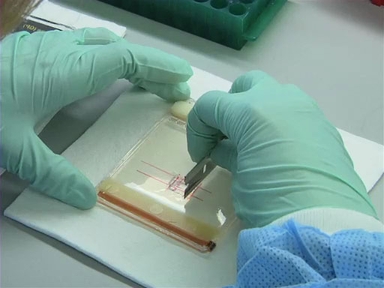
Purificazione del gel
Basic Methods in Cellular and Molecular Biology
110.3K Visualizzazioni
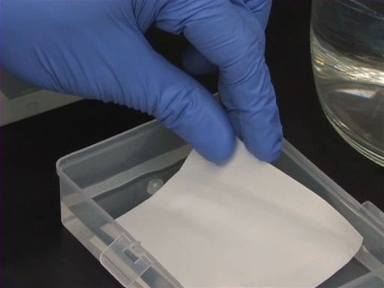
Il western blot
Basic Methods in Cellular and Molecular Biology
504.5K Visualizzazioni
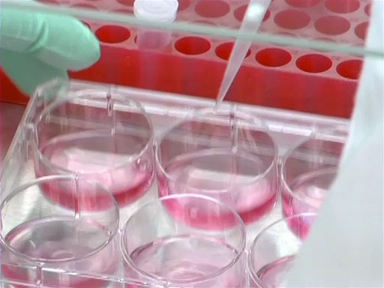
Un'introduzione alla trasfezione
Basic Methods in Cellular and Molecular Biology
170.5K Visualizzazioni
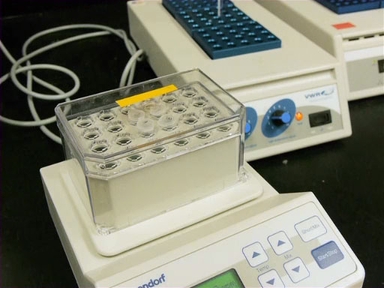
Digest enzimatico di restrizione
Basic Methods in Cellular and Molecular Biology
286.6K Visualizzazioni

Clonazione molecolare
Basic Methods in Cellular and Molecular Biology
376.9K Visualizzazioni